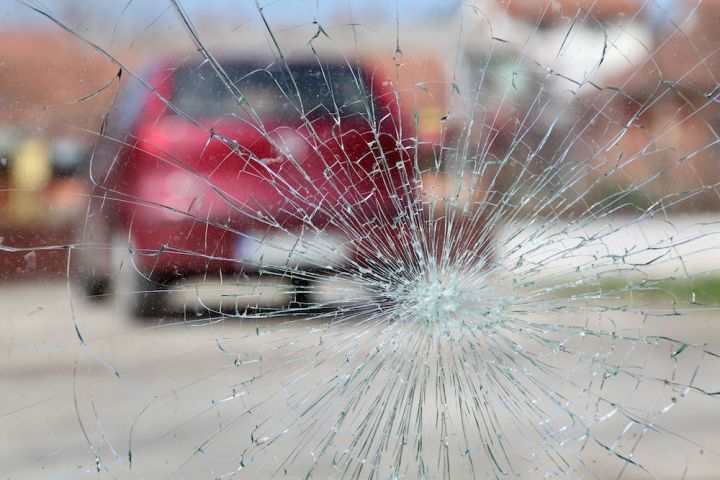
Cops in the city of Port St. Lucie said they managed to track down 57-year-old Cathy Bernstein thanks to her Ford’s Emergency Assistance safety feature, according to ABC7 News.
The system activates when sensors on the car detect a sudden change of speed or movement. An emergency call is automatically placed to local first responders who can pinpoint the precise location of the incident using information supplied by the vehicle’s GPS unit.
An audio recording released by the authorities reveals how Bernstein tried to convince the dispatcher that there was no cause for concern. When the dispatcher asks what’d happened, Bernstein responds, “Ma’am, there’s no problem. Everything was fine.”
Suspecting there was more to the situation than Bernstein was letting on, the dispatcher responds: “OK, but your car called in saying you’d been involved in an accident. It doesn’t do that for no reason. Did you leave the scene of an accident?”
“No, I would never do that,” comes the reply.
After one of the drivers had been taken to hospital with minor injuries, cops arrested Bernstein in connection with the incident.
Emergency assist technology is finding its way into an increasing number of vehicles, with advocates of the system suggesting it can speed up the response time of first responders by as much as 50 percent. The EU earlier this year passed legislation that means all new cars sold in Europe from March 2018 will have to be fitted with a system called eCall, which works in a similar way to Ford’s Emergency Assistance technology.
Privacy campaigners concerned that governments might use the technology to keep permanent track of a vehicle’s movements have been told the new rules only allow for GPS information to be collected in the event of a collision, and that it must be deleted one it’s been used.


